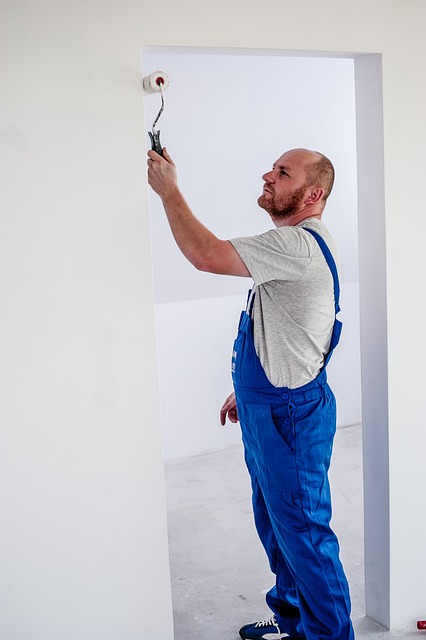Regular sewer line cleaning and repair are essential for maintaining a functional plumbing system, preventing costly repairs, and ensuring community health. Clogged or damaged lines cause issues like slow drains, raw sewage backups, and structural damage. Homeowners should look out for signs such as persistent clogs, unusual odors, or visible pipe damage. Advanced techniques like high-pressure water jets and mechanical snakes are used to clean debris and roots from pipelines. For severe cases, professionals may recommend sewer repair or replacement, including relining pipes with plastic or installing new ones, to restore proper drainage and avoid future problems. Early detection through periodic inspections is key to preventing major disruptions and health risks associated with faulty sewers.
Sewer Line Cleaning and Repair: Unblocking the Path to Optimal Plumbing
Sewer lines, often overlooked, are the unsung heroes of our homes’ plumbing systems. These intricate networks facilitate the efficient removal of wastewater, playing a vital role in maintaining hygiene and comfort. However, over time, they can develop clogs or suffer damage due to various factors. Recognizing common issues early on is crucial for effective sewer repair. This comprehensive guide explores the entire spectrum of sewer line maintenance, from understanding the fundamentals to employing advanced technologies, empowering homeowners with the knowledge to restore and preserve their plumbing’s integrity.
# Sewer Line Cleaning and Repair: A Comprehensive Guide to Restoring Your Home's Plumbing
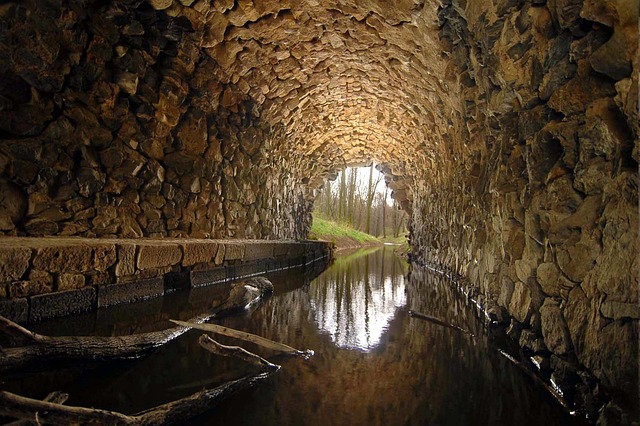
Sewer line cleaning and repair are essential aspects of maintaining a well-functioning plumbing system in your home. Regular maintenance can prevent costly sewer repair down the line, literally. Clogged or damaged sewer lines can lead to a range of issues, from slow-draining sinks and showers to more severe problems like raw sewage backups into homes and yards. Homeowners should be aware of the signs indicating the need for sewer repair, such as persistent clogs, unusual odours, or visible damage to pipes exposed due to excavation.
A comprehensive sewer line cleaning process involves using specialized equipment and high-pressure water jets to clear away built-up grease, debris, and tree roots that have infiltrated the pipes. For more severe cases where lines are cracked or broken, a professional plumber may recommend sewer repair or replacement. This can include relining the pipe with a durable plastic lining or installing new pipes entirely. Investing in these services is crucial for restoring proper drainage and preventing further damage to your home’s plumbing system.
<section id="understanding-sewer-lines–the-backbone-of-your-plumbing-system“>
Understanding Sewer Lines: The Backbone of Your Plumbing System
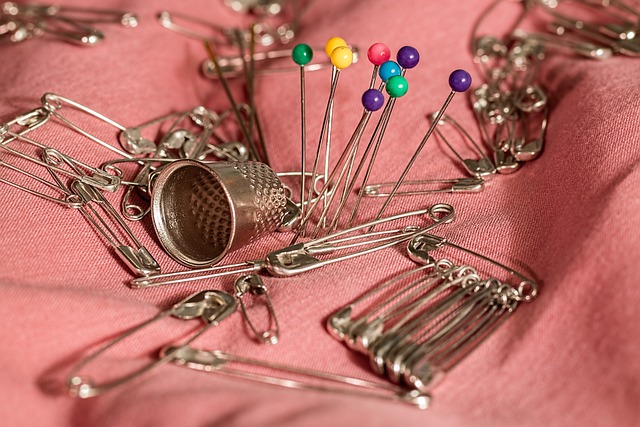
Sewer lines are the unsung heroes of your home’s plumbing system, forming a crucial network that facilitates the efficient removal of waste and sewage. These pipelines, often buried beneath the ground, connect your household to the larger municipal sewer system or septic tanks. They endure constant stress from flowing waste, debris, and even tree roots, which can lead to blockages and eventual damage over time. Regular sewer line cleaning is a preventive measure that ensures these vital pipes remain in good condition, maintaining the smooth flow of waste and safeguarding against costly repairs.
When issues arise, such as clogs or structural damage, timely Sewer Repair becomes essential. Homeowners should be vigilant about any signs of trouble, like slow-moving drains, strange odors, or visible damage around manholes or pipes. Prompt action can often prevent more severe problems that might require extensive excavation and replacement of sections of pipe. Understanding the importance of these invisible yet critical components of your plumbing system is the first step towards effective maintenance and timely repairs when needed.
– An overview of sewer lines, their function, and common issues faced.
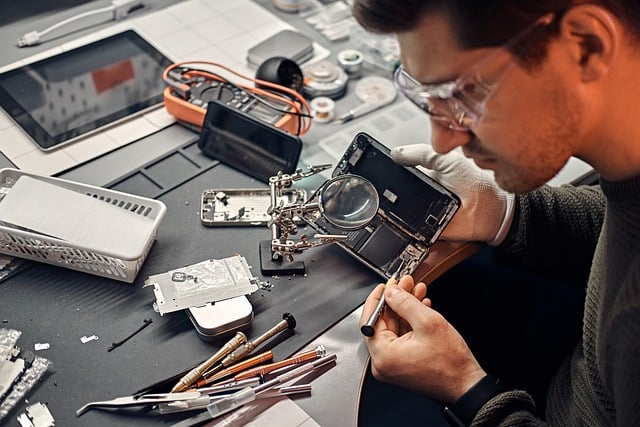
Sewer lines are vital components of any urban infrastructure, facilitating the efficient removal of wastewater and sewage from homes and businesses to treatment facilities. These pipes, often buried deep underground, are subjected to a range of issues that can compromise their integrity and functionality over time. Common problems include root intrusion, pipe corrosion, damage from shifting soil, and debris accumulation, all of which can lead to blockages and leaks. Regular sewer line cleaning is essential for maintaining optimal performance and preventing costly repairs or replacements.
Proper maintenance involves periodic inspection and cleansing using specialized equipment like high-pressure water jets and drain snakes. Early detection of issues through regular checks can significantly extend the lifespan of these critical infrastructure components, saving property owners from the expense and inconvenience of emergency sewer repair. By addressing problems before they escalate, homeowners can ensure uninterrupted service and contribute to the overall cleanliness and health of their communities.
<section id="identifying-signs-of-sewer-problems–when-to-call-a-professional“>
Identifying Signs of Sewer Problems: When to Call a Professional
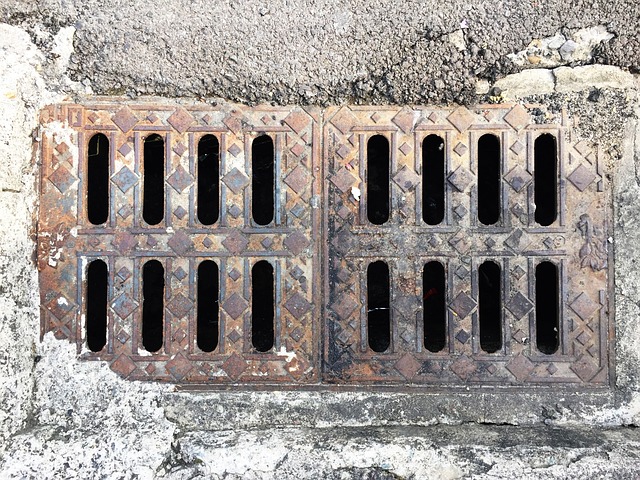
Sewers are an out-of-sight component of your home’s infrastructure, but their proper functioning is crucial for maintaining a hygienic living environment. Identifying signs of sewer problems early can help prevent costly repairs and health hazards. Common symptoms include slow drainage in sinks, tubs, or toilets; bad odors emanating from drains; and gurgling sounds coming from pipes. These issues could indicate clogs, broken pipes, root intrusions, or other structural damage that requires professional attention.
If you notice any of these signs, it’s time to call a sewer repair specialist. Prompt action can save you from dealing with flooded basements, raw sewage backups, and the potential spread of harmful bacteria. A qualified technician will employ advanced tools and methods to diagnose the problem accurately, whether it’s a simple clog or a complex structural failure. Regular maintenance checks are also recommended to catch issues early and ensure your sewers operate efficiently.
– Symptoms of clogged or damaged sewer lines and when immediate action is required.
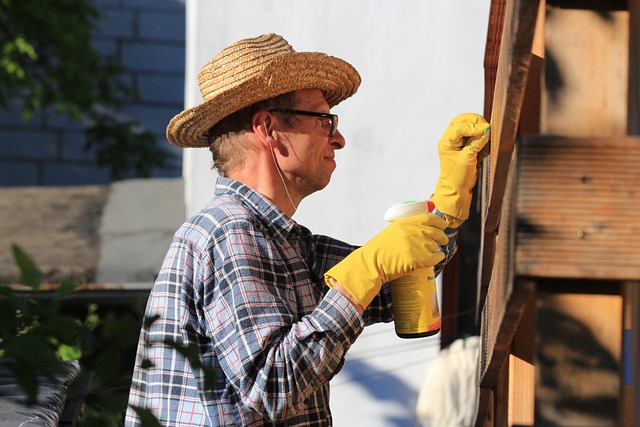
Clogged or damaged sewer lines can manifest in several ways, signaling the need for immediate action to prevent further complications. One of the most noticeable symptoms is a severe and persistent backup in your home’s drains. This often presents as slow-moving water in sinks, bathtubs, and showers, or complete blockages that result in flooding. Another red flag is an unusual or unpleasant odor coming from drains, indicating the presence of raw sewage.
If you notice any of these signs, it’s crucial to contact a professional sewer repair service without delay. Prolonging action can lead to more severe damage, health hazards due to contaminated water, and even structural issues in your home. Prompt attention to clogged or damaged sewer lines ensures minimal disruption and cost-effective solutions, keeping your home safe and comfortable.
<section id="the-art-of-sewer-line-cleaning–tools-and-techniques-for-effective-removal-of-debris“>
The Art of Sewer Line Cleaning: Tools and Techniques for Effective Removal of Debris

The art of sewer line cleaning involves a meticulous process designed to remove accumulated debris, grease, and other blockages that can hinder efficient wastewater flow. Specialized equipment plays a crucial role in this endeavor, with high-pressure hydrojetting machines being a common choice. These powerful tools use a stream of hot water mixed with abrasive materials to cut through and dislodge encrusted matter, restoring the line’s integrity.
Advanced techniques, such as mechanical snakes (also known as cable machines), are employed for more complex blockages. These devices send a flexible cable down the sewer, equipped with rotating blades or brushes that break apart and scoop out obstructions. Regular maintenance and prompt action upon detecting clogs are key to preventing severe sewer line damage, ultimately saving costs on costly emergency repairs.
– Detailed explanation of cleaning processes, equipment used, and best practices.
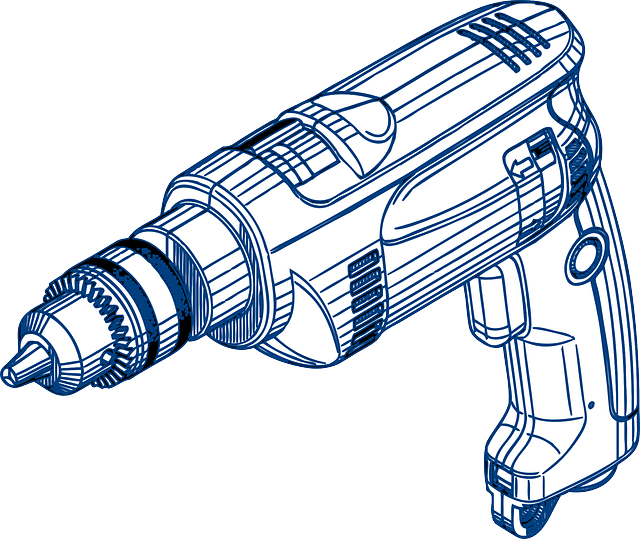
Sewer line cleaning involves removing accumulated debris, grease, and other obstructions that can clog or restrict the flow within the sewer system. The process utilizes specialized equipment such as high-pressure water jets and mechanical scrapers to thoroughly clean and clear the pipes. These machines are designed to navigate tight bends and hard-to-reach areas, ensuring every inch of the sewer line is inspected and cleaned effectively. Best practices include regular maintenance to prevent buildup, using eco-friendly cleaning agents where possible, and employing advanced technology for accurate inspection and precise cleaning to avoid damage to the sewer infrastructure during the repair process.
Equipment used in sewer line cleaning and repair ranges from manual tools like wire brushes and snake machines to more sophisticated options such as camera inspection systems and vacuum trucks. High-pressure water cleaners can remove stubborn encrustations, while vacuum trucks suction out debris and waste materials. Camera inspection systems provide real-time visual feedback, allowing for targeted cleaning and identifying potential issues before they escalate into costly sewer repairs. By adhering to these best practices and utilizing the right equipment, professionals can maintain optimal sewer system functionality, minimizing disruptions to both residential and commercial areas.
